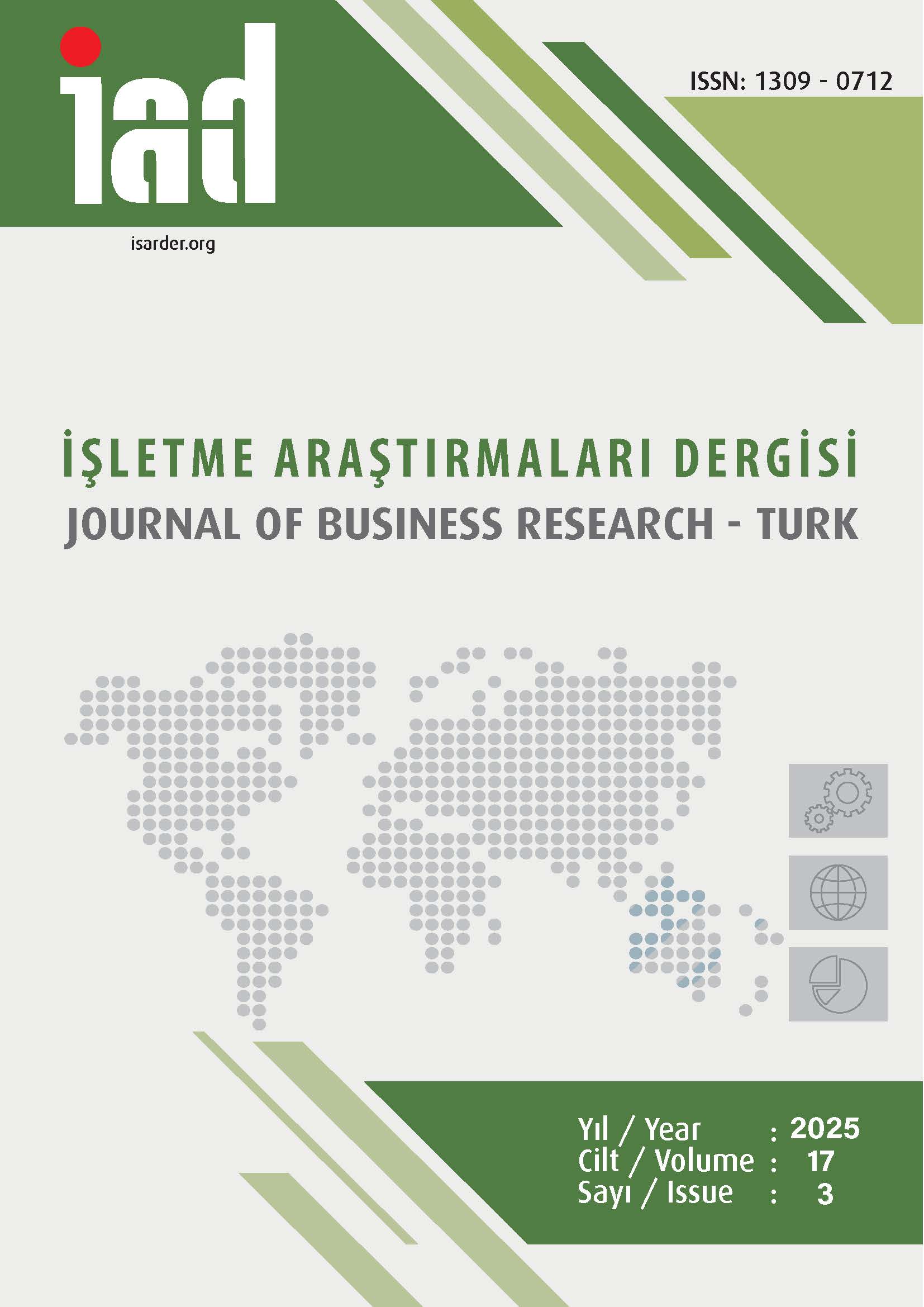Examining the Relationships between Advertising Expenditures and Technology in the US Economy with the ARDL Bounds Test
DOI:
https://doi.org/10.20491/isarder.2025.2070Keywords:
Marketing, Advertising Spending, Internet Usage, Cellular Data, ARDL Bound TestAbstract
Purpose – In the new advertising era that began in 1994, the emergence of the internet and technological advances in digital advertising have led to a significant reallocation of spending from traditional advertising to digital advertising. In 2024, global advertising spending is expected to reach $917 billion, up from $845 billion the previous year. This figure represents an annual growth of approximately 8.5%. Compared globally, the US, the largest advertising market, ranks first in the ranking of economies by advertising expenditure. It is assumed that the country's spending in the advertising market will reach approximately $420 billion. The purpose of this study is to examine how technology affects advertising spending in the US economy over the 1997-2022 time period. Internet usage and cellular data variables were used as technology parameters.
Design/methodology/approach – Short-term and long-term relationships between the series were determined by choosing the Autoregressive Distributed Lag (ARDL) Lag bounds test in line with the Phillips-Perron and Dickey-Fuller GLS unit root test findings. Diagnostic tests including autocorrelation, heteroscedasticity, normality and identification error assumptions of the model were conducted, and CUSUM and CUSUM squares tests were applied for the stability condition of parameter estimates.
Results – The short- and long-term interaction findings between the variables confirm that technology increases advertising expenditures. At the same time, the error correction term indicating that one-term lagged values of the residuals were included in the model provides evidence that deviation from a possible balance in the short term is corrected and reaches balance in the long term.
Discussion – The results indicate that more personalized and target-oriented digital campaigns should be focused on in order to maximize investment returns in the advertising market and effectively reach specific audiences. In addition, creating and increasing brand loyalty of consumers towards the product or service positively affects the profit maximization goal of the producers as it reduces the demand elasticity of the advertisement.
Downloads
Published
How to Cite
Issue
Section
License

This work is licensed under a Creative Commons Attribution-NoDerivatives 4.0 International License.





